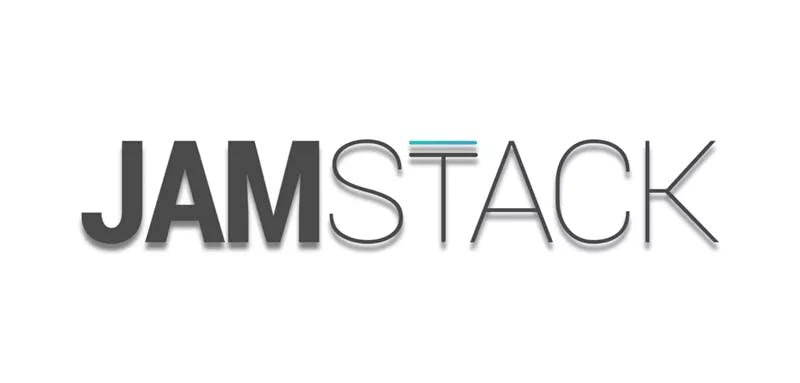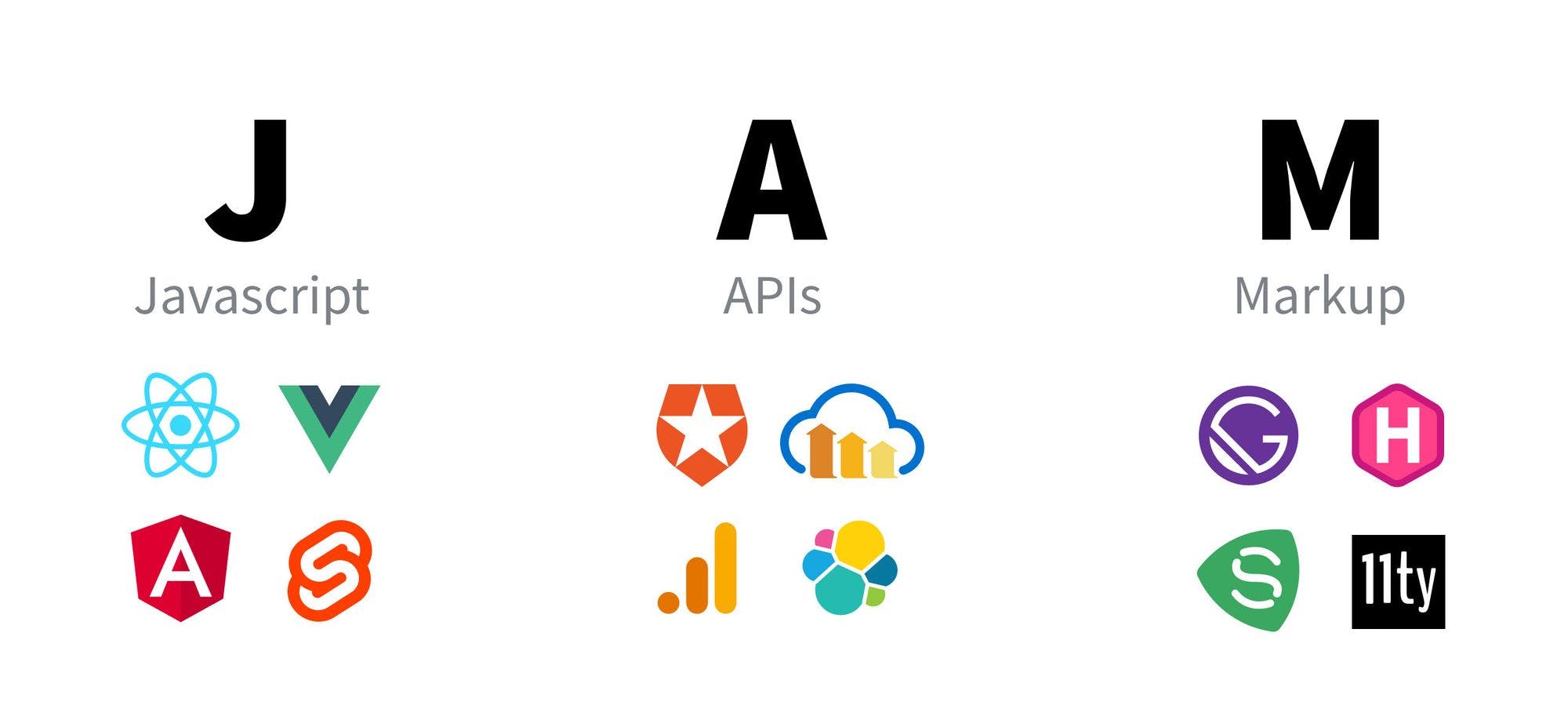Whether you're a web developer and you write JavaScript or not, JAMstack is a term you've most likely come across. Most developers utilize a certain kind of stack but JAMstack is a 'different' concept in itself.
In this article, I'll be sharing the basics and why I think it's a great architecture for modern web projects.

What even is JAMstack?
The "JAM" in JAMstack stands for "JavaScript, APIs and Markup".
According to Mathias Biilmann, it's "a modern web development architecture based on client-side JavaScript, reusable APIs, and prebuilt Markup".
Unlike other stacks, JAMstack is not a set of specific tools. Rather, it's an architecture that provides a "modern" way of building faster websites and apps with better performance. It builds upon the traditional approach of static sites and many of the tools and workflows developers already love to use.
 Image via Tiu Wee Han blog.
Image via Tiu Wee Han blog.
JavaScript: This is one of the most popular programming languages out there (and for good reason!). Client-side JavaScript handles the dynamic functionalities regardless of the framework/library being adopted. Some of the popular ones include Vue, React.
APIs: Integrate backend functionalities with existing, reusable APIs or work with your own APIs if you have to include custom functionalities.
Markup: This is the presentation layer. With the use of static site generators like Gatsby, markups and static files are pre-rendered at build time.
Why JAMstack?
 Image via Cloudinary blog.
Image via Cloudinary blog.
There are several benefits to adopting the JAMstack and some of them include:
1) Static content are prebuilt and served via a Content Delivery Network so pages load faster with better performance.
2) It's easy and less expensive to host and deploy sites with static content.
3) It enhances developer experience with building websites and helps them focus more on the functionalities without all the hulabaloo.
4) Sites are safer and more secure without having to worry about attacks and vulnerabilities.
5) It's easier to scale since sites are served entirely via CDNs and content can also be cached.
You can find out more on the JAMstack website and the resources listed at the end of this article.
JAMstack Best Practices
There are several best practices that help you leverage and make the most use of the stack. Some of them include utilising modern build tools, automated builds amongst several others.
Useful Resources
- What is JAMstack?
- WTF is JAMstack?
- Everything to know about JAMstack
- JAMstack for the modern web
- JAMstack Best Practices
- Join the community
Conclusion
Static sites have always had better user experience but with JAMstack, you can power your static sites with amazing dynamic functionalities without having to compromise on performance and other metrics.
Definitely an ecosystem worth exploring!
Thank you for reading and I hope you were able to learn a thing or two about JAMstack and its possibilities!

Cover and Article image via Snipcart blog.